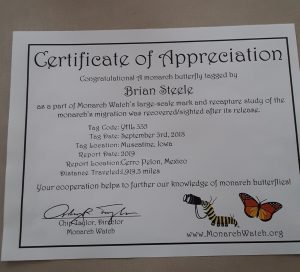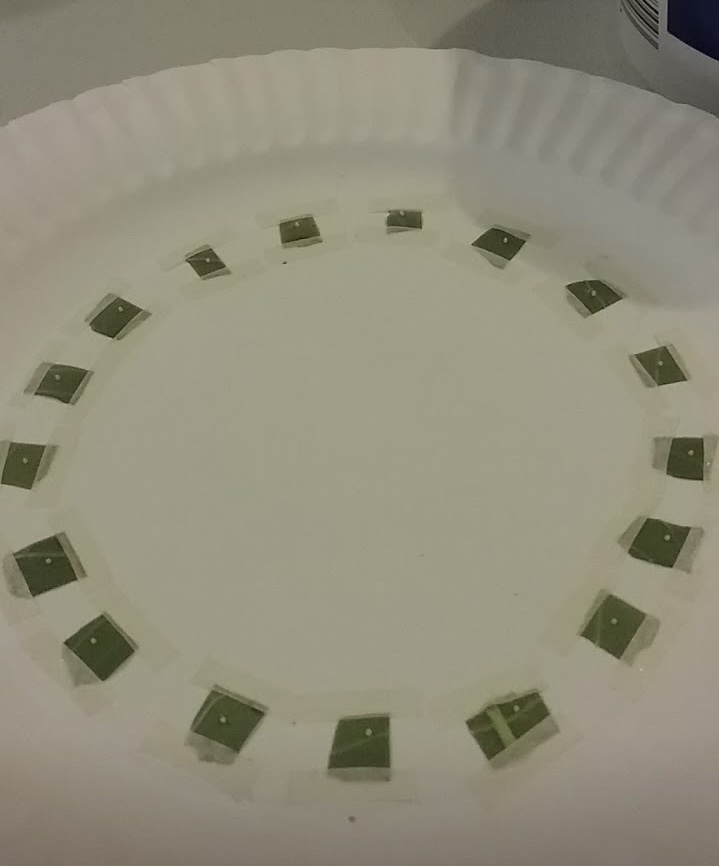On a beautiful summer day, you see a bright orange butterfly flying through your yard, it lands on the plant you have been meaning to pull out. But wait! It looks like it is laying eggs… on a weed. That plant is called milkweed, monarch caterpillars dine primarily on the leaves of these plants.
Why Help?
With monarch butterflies officially being on the endangered species list, many people want to know how they can help. Planting milkweed or different flowers that they feed on is a good place to start. However, few people decide to take the extra step to truly raise the insect from egg to butterfly.
Brian Steele has always been interested in bugs and originally started raising monarchs in 2010. He found a few caterpillars in his neighbor’s yard and put them in jars with milkweed leaves, and the next day, a couple of them had turned into chrysalis. So then he wanted to learn more about them. Since then, Milkweed plants have become abundant in his yard, and on those he does his version of hunting, for monarch caterpillar eggs.
Egg Stage
When he finds an egg he cuts out a little square of leaf surrounding the egg and tapes it to a paper plate until the egg hatches. It takes about 2-4 days from when the egg is laid, to when it hatches.
Caterpillar Stage
He will then use many different size containers for the different sizes of the caterpillars. They go through five instars in about 10-14 days. When the caterpillars reach their last instar and are about 25-45mm long, he moves them to an aquarium.
Chrysalis Stage
The caterpillars will then transform themselves into a Pupa or a Chrysalis and will stay in there for 10-14 days. When the butterflies are ready to come out of their chrysalis they start to turn dark and you can even see the butterfly through the chrysalis.
Butterfly Stage
Once the butterflies have come out of their chrysalis, they spend the next several minutes expanding their wings and abdomen. Then because the butterflies need to have time to dry, he leaves them in a pop-up habitat for a few hours before releasing them.
Tagging the Monarchs
In the late months of summer, monarch raisers start tagging the butterflies they release. It is essentially a little sticker that they put on their wing, it does not hurt them or affect their flying. They do this because it provides data and insight on their migration to Mexico.
Brian even had a butterfly that was found in Mexico, and because of the data on the tag it was traced back to him and he got a certificate. If you want to help these beautiful butterflies you do not have to do as much as he does, but here are some links to get you started!
https://shop.monarchwatch.org/Monarch-Watch-Tagging-Kit/121239




























McKenna Schumaker • Apr 27, 2024 at 1:36 am
The gorgeous Emma Steele with another gorgeous story
McKenna Schumaker • Apr 27, 2024 at 1:36 am
Let’s go butterfly hunting (insert butterfly emoji)